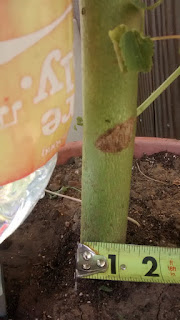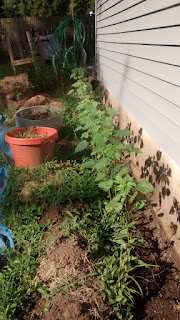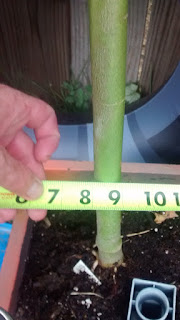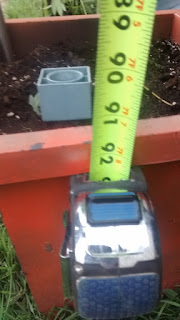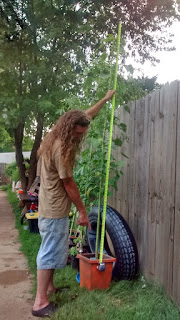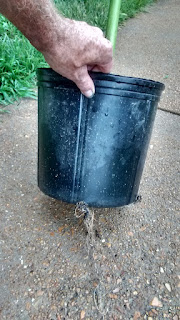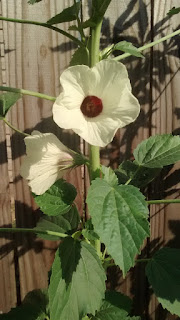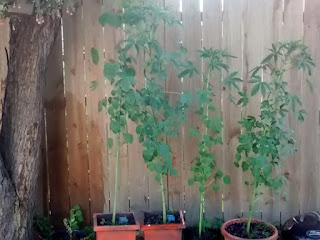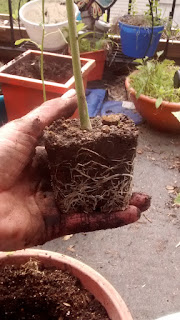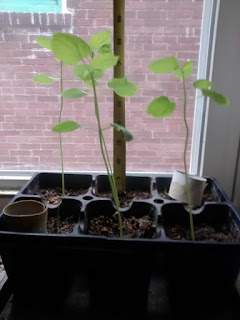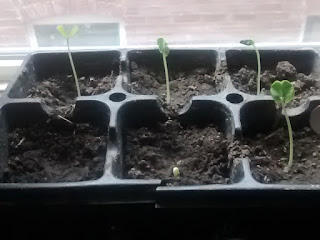Activists Present USVI Senators with a Lemon Meringue Pie in support of Bill No. 29-0350
August 15, 2012 - ST. CROIX - Celebrities and activists associated with volunteer group Hemp Can Save The Planetpresented USVI Senators with a locally made gourmet Lemon Meringue Pie on behalf of USVI Culinary Ambassador, Chef Theo Gumbs, filmmaker Melissa Balin; the late, great civil rights activist,Jack Herer, and countless celebrity activist Hemp Can Save The Planet volunteers, in support of Bill No. 29-0350 - An Act to conduct a referendum on the issue of promoting the production, processing, manufacture and distribution of Industrial Hemp in the Virgin Islands. Senator Terrance "Positive" Nelson, the first and only Rastafarian senator in the Virgin Islands, is bringing the bill forward. Senator Shawn-Michael Malone of St. Thomas has signed on as the bill’s co-sponsor.
The pie was accompanied with a note that read:
This gift is a delicious token symbolizing the following food for thought:
The lemons used to make this gourmet Lemon Meringue Pie are not indigenous to the Virgin Islands and must be imported. While the Mainland is the #1 Importer of Industrial Hemp (which much like a lemon, does NOT have psychotropic effects), the United States is currently the only Industrialized Nation that Prohibits the growing of Industrial Hemp, due to antiquated laws based on studies that have since been scientifically debunked. As one of the remaining “Non-Self Governing Territories” on the United Nations’ list, we enthusiastically encourage the United States Virgin Islands to explore the economic and agricultural solutions presented by what was already being referred to as a “Billion-Dollar Crop” back in 1936, with the USVI Territory having already experienced almost 20 years of legal Cannabis Hemp use without incident, after Denmark’s sale to America in 1917, until Prohibition was implemented under false pretenses in 1937.
The lemon meringue pie was also accompanied with the verbiage of the resolution being presented to the United Nations declaring the End of the Prohibition of Cannabis Hemp, through an online petition on Change.Org. Filmmaker Melissa Balin says, "I don't think it is a common or advisable policy for government officials to accept food stuffs from constituents, but when the gift is coming from a two-time Iron Chef Winner, who is the Culinary Ambassador for the entire USVI, those are exceptionally delectable circumstances worthy of consideration. Still, whether the Senators actually eat the pie, or not, we hope it will bring a global awareness to the core issues surrounding Industrial Hemp as a sustainable resource."
National Lemon Meringue Pie Day is celebrated in the United States on August 15th. To find out more about the many uses of Industrial Hemp, please visit http://www.VoteHemp.org
Hemp Can Save The Planet!: What Does Lemon Meringue Pie Have To Do With Hemp ...: Activists Present USVI Senators with a Lemon Meringue Pie in support of Bill No. 29-0350 August 15, 2012 - ST. CROIX - Celebritie...

 Scotty
Scotty 
